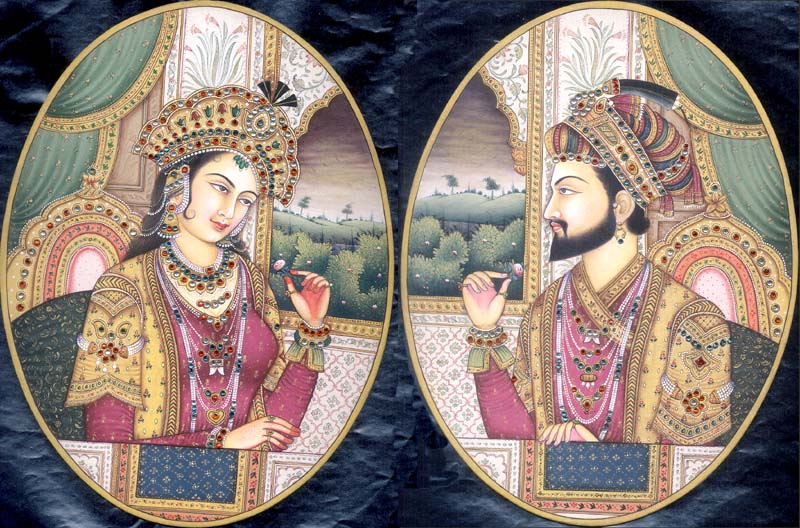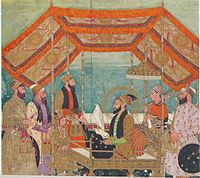| Admissions | Accreditation | Booksellers | Catalog | Colleges | Contact Us | Continents/States/Districts | Contracts | Distance Education | Emergency | Examinations | Forms | Grants | Hostels | Honorary Doctorate degree | Investment | Instructors | Login | Lecture | Librarians | Membership | Observers | Professional Examinations | Programs | Progress Report | Recommendations | Research Grants | Researchers | Students login | School | Search | Seminar | Study Center/Centre | Sponsorship | Tutoring | Thesis | Universities | Work counseling |
| America |
| Africa |
| Australia |
| South America |
| Asia |
North American P-51 Mustang

|
Asia
|
PERIOD OF DELHI SULTANATE Mohammad Ghori's conquests became the Nucleus of a new Political entity In India- "The Delhi Sultanate". •This period can be divided into 5 distinct Periods viz: SLAVE DYNASTY - (1206-1290) - 84 years KHILJI DYNASTY - (1290 -1120) - 3O years TUGHLAO DYNASTY - (1120 -1414) - 94 years SAYYID DYNASTY - (1414 -1451) - 37 years LODHI DYNSATY - (1451-1526) -75 years • LONCEST - Tughlaq Dynasty - 94 years • SHORTEST - Khilji Dynasty - 30 years • All the Dynasty Slave/Khilji/ Tughlaq/Sayyid are from Turkey Lodhl Dynasty from Afghanistan Delhi Sultanate Ruling dynasties Mamluk dynasty Khalji dynasty Tughlaq dynasty Sayyid dynasty Lodi dynasty Delhi sultanate.JPG Rulers of the Slave Dynasty (1206 - 1290) Mamluk dynasty Qutb-ud-din Aybak (1206 - 1210) Aram Shah (1210 - 1211) Altamas(Shams ud din Iltutmish) (1211 - 1236) Rukn ud din Firuz (1236) Razia Sultan (Raziyyat ud din Sultana) (1236 - 1240) Muiz ud din Bahram (1240 - 1242) Ala ud din Masud (1242 - 1246) Nasir ud din Mahmud (1246 - 1266) Ghiyas ud din Balban (1266 - 1286) Muiz ud din Qaiqabad (1286 - 1290) Kayumars (1290) Rulers of the Khilji (Khalji) Dynasty (1290 - 1321) Jalal ud din Firuz Khilji (1290 - 1294) Ala ud din Khilji (1294 - 1316) Qutb ud din Mubarak Shah (1316 - 1321) Rulers of the Tughlaq Dynasty (1321 - 1398) Ghiyas ud din Tughluq Shah I (1321 - 1325) Muhammad bin Tughluq (Muhammad Shah II) (1325 - 1351) Mahmud Ibn Muhammad (March 1351) Firuz Shah Tughluq (1351 - 1388) Ghiyas ud din Tughluq II (1388 - 1389) Abu Baker (1389 - 1390) Nasir ud din Muhammad Shah III (1390 - 1393) Sikander Shah I (March - April 1393) Mahmud Nasir ud din (Sultan Mahmud II) at Delhi (1393 - 1394) Nusrat Shah at Firuzabad (1394 - 1398) Sayyid Dynasty (Sayyid (Syed) Dynasty) (1414 - 1451) Khidr Khan (1414 - 1421) Mubarrak Shah II (1421 - 1435) Muhammad Shah IV (1435 - 1445) Aladdin Alam Shah (1445 - 1451) Lodhi (Lodi) Dynasty (1451 - 1526) Bahlul Khan Lodi (1451-1489) Sikandar Lodi (1489-1517) Ibrahim Lodi (Ibrahim II) (1517-1526) Suri Dynasty (1540 - 1555) Sher Shah (1540 - 1545) Islam Shah (1545 - 1553) Muhammad V of Delhi (Muhammad V) (1553 - 1554) Firuz of Delhi (29 April - 2 May 1554) Ibrahim III of Delhi (1554 - 1554/5) Sikander Shah (1554/5 - 1555) The Sultanate provided the foundation for the Moghul Empire, which continued to expand its territory. Mughal emperors
Taj Mahal | ||||||||||||||||||||||||||||||||||||||||||
  Aurangzeb was born on October 21, 1618. He was the third son of the emperor Shah Jehan. Though younger than his two brothers, Dara Shikoh and Shuja, he was by far their superior in competence and character. He was industrious and thorough in his far-sightedness. Aurangzeb was a religious man who believed in simple living. He was the only great Mughal who did not build mighty buildings. He did, however, build a mosque in Lahore, the Badshahi Mosque. Since Aurangzeb believed that Islam did not allow any one to listen to music, he banished all the court musicians, dancers and singers during his reign. |
